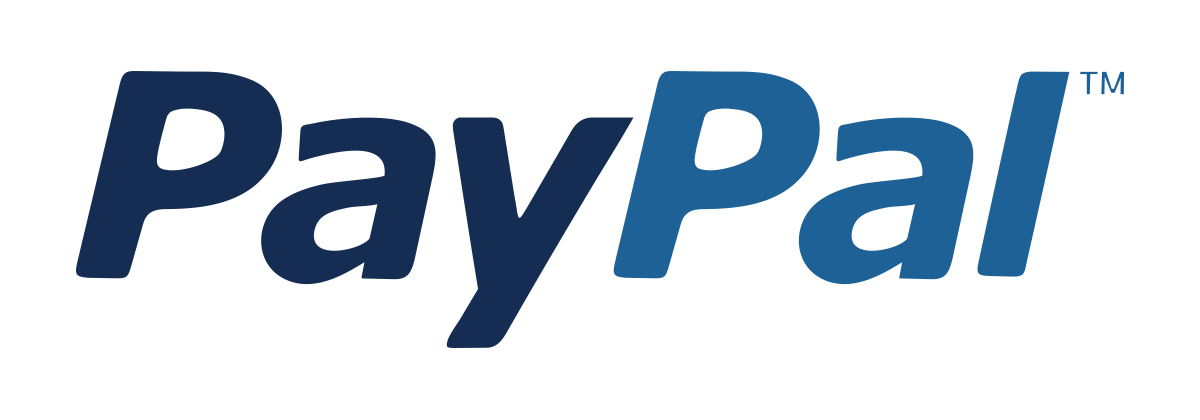Hybrid and Neurosymbolic AI
Integrate Symbolic Reasoning with Deep Learning to Build Explainable, Smarter AI Systems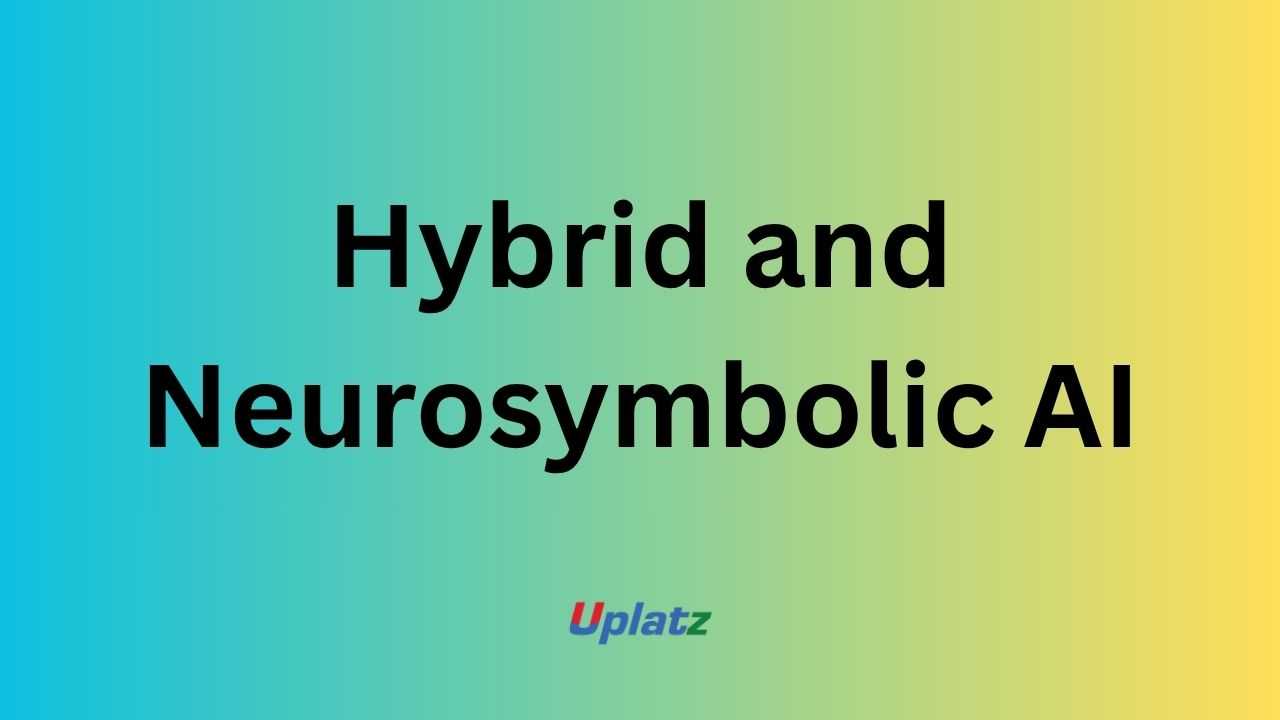 Price Match Guarantee
Full Lifetime Access
Access on any Device
Technical Support
Secure Checkout
Course Completion Certificate
Price Match Guarantee
Full Lifetime Access
Access on any Device
Technical Support
Secure Checkout
Course Completion Certificate
 97% Started a new career
BUY THIS COURSE (
97% Started a new career
BUY THIS COURSE (GBP 12 GBP 29 )-
 86% Got a pay increase and promotion
86% Got a pay increase and promotion
Students also bought -
-
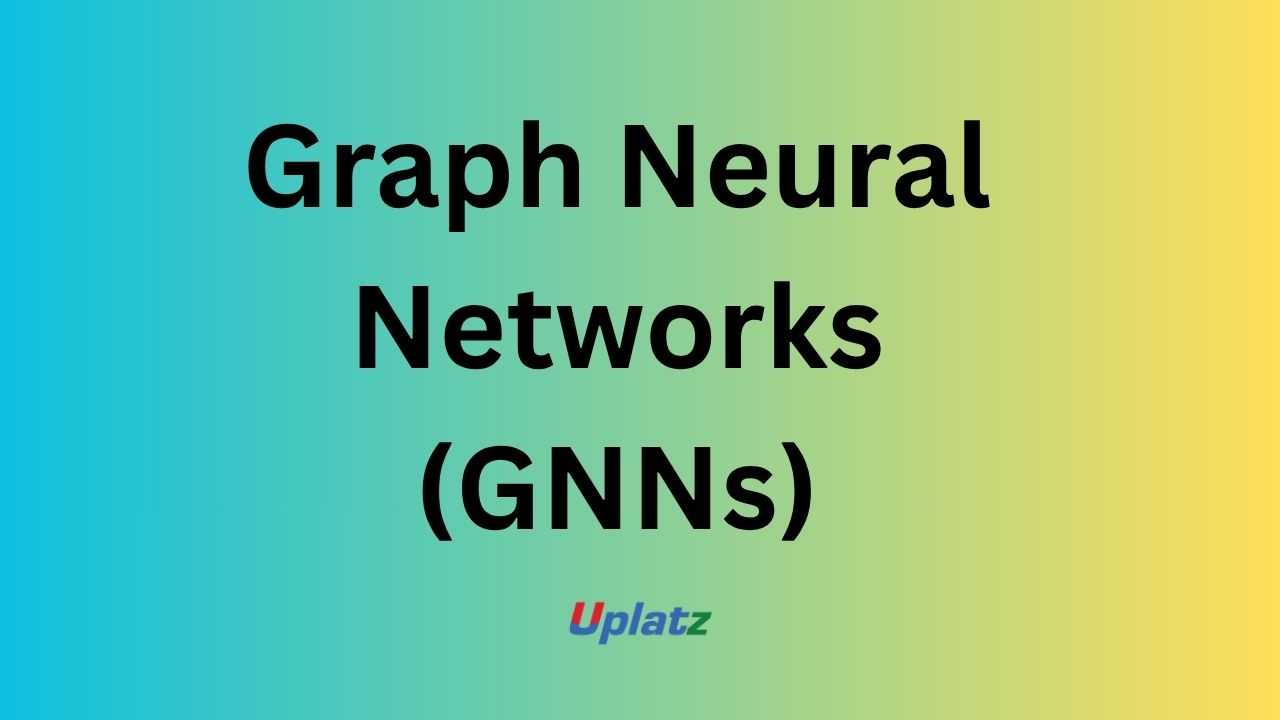
- Graph Neural Networks (GNNs)
- 10 Hours
- GBP 12
- 10 Learners
-
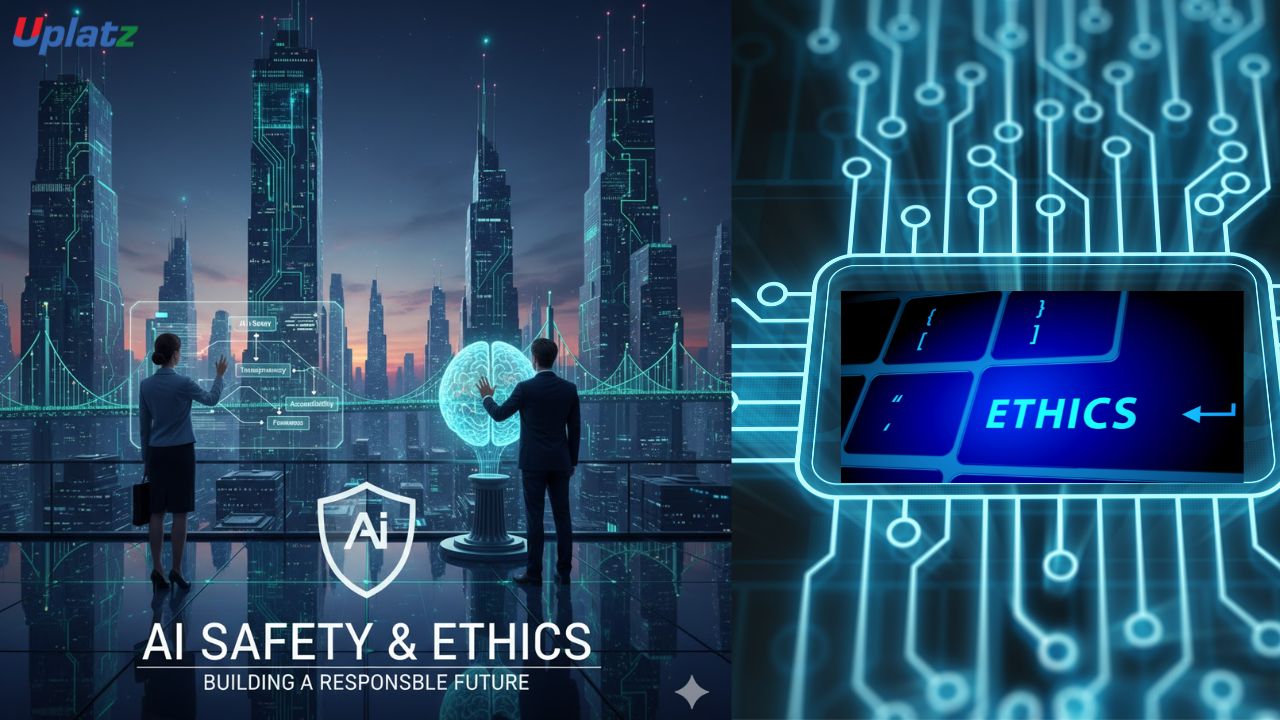
- AI Safety and Ethics
- 10 Hours
- GBP 12
- 10 Learners
-
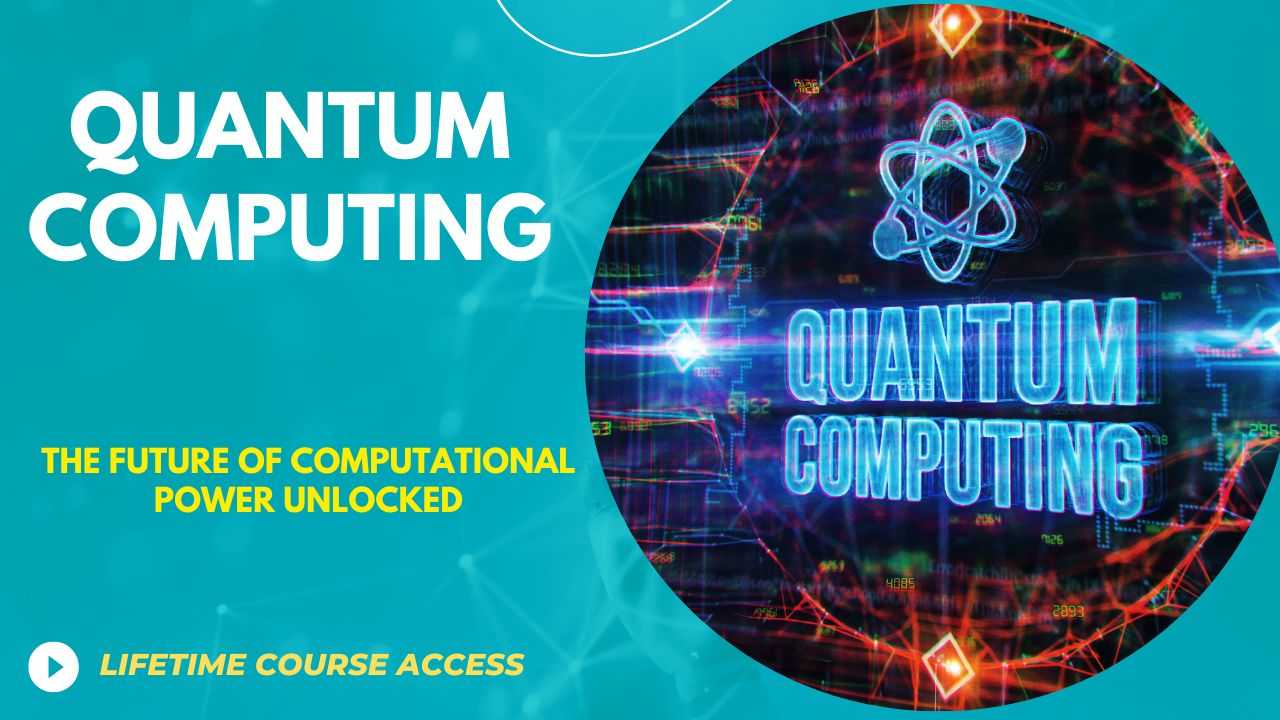
- Quantum Computing
- 20 Hours
- GBP 12
- 276 Learners
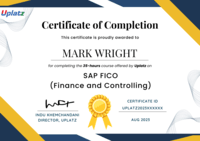
Hybrid and Neurosymbolic AI represents one of the most significant breakthroughs in modern artificial intelligence. It bridges the gap between neural models (which excel at perception and pattern recognition) and symbolic AI (which excels at reasoning, logic, and abstraction). This integration enables AI systems not only to learn from data, but also to think, reason, interpret, and explain decisions in a structured, human-aligned way.
This self-paced Uplatz course offers a complete pathway for understanding, implementing, and deploying neurosymbolic AI systems that combine the strengths of both learning and reasoning. Through a mix of foundational theory, hands-on coding, real-world case studies, and a final capstone project, learners will gain the skills required to build explainable, interpretable, and robust AI applications for high-stakes environments.
🔍 What Is Hybrid & Neurosymbolic AI?
Artificial intelligence traditionally evolved through two separate paradigms:
1. Symbolic AI (Good Old-Fashioned AI / GOFAI)
-
Uses explicit rules, symbols, and logic
-
Performs deterministic reasoning
-
Powers expert systems, theorem provers, planning systems
-
Good at explainability and structured decision-making
-
Weak at perception (images, audio, natural language)
2. Neural AI (Deep Learning / Connectionist Models)
-
Learns patterns automatically from large datasets
-
Excels at computer vision, speech, embeddings, representation learning
-
Lacks transparency and struggles with rule-based reasoning
Neurosymbolic AI combines these two worlds.
It allows machines to perform pattern recognition through neural networks and then apply logical reasoning on top of those learned representations. This hybrid model enables AI systems to generalize better, justify their decisions, and handle complex, multi-stage tasks that require both perception and logic.
Examples include:
-
A system that sees objects (neural) and reasons about their relationships (symbolic).
-
A model that parses language (neural) and performs semantic reasoning or rule checking (symbolic).
-
Medical AI that interprets images (neural) and applies clinical guidelines (symbolic).
This combination is the foundation of modern Explainable AI (XAI), trustworthy AI, and human-aligned intelligent systems.
⚙️ How Hybrid & Neurosymbolic AI Works
Hybrid AI systems typically involve two tightly integrated layers:
1. Neural Layer (Perception)
-
Encodes raw inputs such as text, images, audio, sensor readings
-
Learns latent representations and probabilistic patterns
-
Provides embeddings or predicted attributes
-
Powered by CNNs, RNNs, Transformers, GNNs, etc.
2. Symbolic Layer (Reasoning)
-
Applies logic rules, constraints, and inference
-
Utilizes knowledge graphs, ontologies, logic programs
-
Performs deductions, classifications, and consistency checking
The neural module handles what is seen, while the symbolic module handles what it means.
You will explore cutting-edge neurosymbolic frameworks such as:
-
DeepProbLog – probabilistic logic + neural networks
-
TensorLog – differentiable reasoning over knowledge bases
-
Logical Neural Networks (LNNs) – neural nets with embedded logic constraints
-
Neural Theorem Provers (NTPs)
-
Neuro-Symbolic Concept Learning (NSCL)
This hybrid structure makes AI systems more interpretable, robust, and trustworthy, particularly in regulation-sensitive domains.
🏭 How Neurosymbolic AI Is Used in the Industry
Neurosymbolic AI is rapidly gaining adoption across sectors where explainability, reliability, and reasoning are essential. Leading organisations such as IBM, MIT, DeepMind, Google, Meta, Stanford, OpenAI, and NASA invest heavily in hybrid AI for next-generation applications.
Common industry use cases include:
1. Healthcare & Medical Diagnosis
-
Combining neural imaging models with clinical logic
-
Ensuring AI justifies predictions
-
Supporting doctors with interpretable decisions
2. Law, Policy, and Compliance
-
AI systems that understand regulations and legal logic
-
Automating compliance reasoning
-
Explainable decision-support tools
3. Robotics & Autonomous Systems
-
Robots that perceive their environment and use reasoning to plan actions
-
Navigation with both sensor inputs and symbolic maps
-
Task-planning with constraints
4. Scientific Discovery
-
Drug discovery with neural molecular models + symbolic chemistry rules
-
Physics reasoning, causal inference, and theorem prediction
5. Natural Language Understanding
-
Hybrid semantic parsers
-
Knowledge-graph question answering
-
Contextual reasoning over text
6. Finance & Fraud Analysis
-
Pattern recognition from transactions + rule-based anomaly reasoning
Because neurosymbolic AI unifies perception with structured reasoning, it is being adopted as a core technology for trustworthy AI systems.
🌟 Benefits of Learning Hybrid & Neurosymbolic AI
Mastering neurosymbolic AI opens up high-value opportunities:
-
Develop Explainable and Trustworthy AI Systems
Essential for healthcare, law, finance, and government applications. -
Combine Logic with Deep Learning
Become proficient in both symbolic reasoning and neural architectures. -
Future-Proof Your AI Skills
Neurosymbolic AI is a primary research direction for next-gen AGI systems. -
Work with Cutting-Edge Tools
Gain hands-on experience with DeepProbLog, TensorLog, LNNs, and hybrid knowledge-graph systems. -
Stand Out in the AI Job Market
Very few engineers can design hybrid reasoning systems — demand is rising rapidly. -
Solve Complex Real-World Problems
Apply hybrid models to domains where traditional deep learning fails.
📘 What You’ll Learn in This Course
This course provides a complete learning pathway without repeating the Objectives section. Topics include:
-
Foundations of symbolic reasoning and inference
-
Deep neural networks and representation learning
-
Knowledge representation: ontologies, knowledge graphs, logic rules
-
Probabilistic and differentiable logic
-
Neural-symbolic integration architectures
-
Logical Neural Networks (LNNs) and hybrid pipelines
-
Visual reasoning, language reasoning, and decision-support systems
-
Building neurosymbolic systems in Python
-
Mini-projects on hybrid classification, logical reasoning, and semantic tasks
-
Capstone project: an end-to-end neurosymbolic reasoning pipeline
You’ll learn how to construct systems that combine perception, logic, and explainability in a single unified workflow.
🧠 How to Use This Course Effectively
To maximize your learning:
-
Begin with symbolic AI fundamentals — rules, logic, constraints.
-
Study deep-learning perception models and embeddings.
-
Explore hybrid architectures with guided coding sessions.
-
Build small neurosymbolic modules (e.g., reasoning over detected objects).
-
Experiment with inference engines and knowledge-graph logic.
-
Apply hybrid reasoning to NLP and vision tasks.
-
Complete the capstone project and document your reasoning pipeline.
Revisiting difficult modules and experimenting with logic constraints will reinforce deeper understanding.
👩💻 Who Should Take This Course
This course is ideal for:
-
AI & ML Engineers seeking advanced reasoning skills
-
Deep-learning practitioners wanting explainability
-
Data scientists working with high-stakes applications
-
Researchers in symbolic AI, NLP, and knowledge graphs
-
Robotics and automation professionals
-
Students preparing for advanced academic work in AI
-
Anyone interested in trustworthy, human-aligned AI
No prior symbolic AI experience is required; familiarity with Python and basic ML is recommended.
🚀 Final Takeaway
Neurosymbolic AI is shaping the future of artificial intelligence by allowing systems to see, reason, and explain their decisions. The Hybrid & Neurosymbolic AI Self-Paced Online Course from Uplatz equips you with the theoretical foundations, practical skills, and real-world experience needed to design intelligent, explainable, and logically structured AI systems.
By the end, you will be able to build hybrid AI models that integrate neural learning with symbolic reasoning — creating technology that is more robust, interpretable, and trustworthy.
-
Understand the differences and connections between symbolic and neural AI.
-
Learn the fundamentals of knowledge representation and logical inference.
-
Explore frameworks for neurosymbolic integration.
-
Implement hybrid AI systems combining learning and reasoning.
-
Apply neurosymbolic principles in NLP, vision, and robotics.
-
Improve model interpretability and explainability.
-
Develop reasoning over structured and unstructured data.
-
Integrate graph-based and probabilistic logic into deep learning pipelines.
-
Evaluate neurosymbolic models for accuracy and transparency.
-
Prepare for advanced roles in AI research and cognitive computing.
Course Syllabus
Module 1: Introduction to Symbolic and Neural AI
Module 2: Knowledge Representation and Logical Reasoning
Module 3: Deep Learning Foundations for Hybrid Integration
Module 4: Neurosymbolic Architectures and Frameworks
Module 5: Logical Neural Networks and TensorLog
Module 6: Integrating Reasoning with Perception Models
Module 7: Explainability and Trust in Hybrid AI
Module 8: Applications – NLP, Vision, and Robotics
Module 9: Evaluation, Transparency, and Ethical Considerations
Module 10: Capstone Project – Build a Hybrid AI System
Upon completion, learners receive a Certificate of Completion from Uplatz, validating their expertise in Hybrid and Neurosymbolic AI. This Uplatz certification highlights your ability to design AI systems that combine data-driven learning with logical reasoning and knowledge-based inference.
The certification aligns with the latest developments in explainable AI, cognitive computing, and hybrid model design, equipping learners with the technical depth needed to create interpretable, safe, and human-aligned AI systems. It is ideal for professionals in AI engineering, research, and data science who seek to move beyond traditional deep learning and into the realm of reasoning-driven intelligence.
Holding this certification establishes you as a professional ready to contribute to the future of transparent, trustworthy, and hybrid intelligent systems.
As AI advances toward explainability and reasoning, Neurosymbolic AI is becoming one of the most promising and in-demand specializations. Completing this course from Uplatz prepares learners for roles such as:
-
Neurosymbolic AI Engineer
-
AI Research Scientist (Hybrid Systems)
-
Explainable AI Specialist
-
Knowledge Graph Engineer
-
Cognitive Computing Developer
Professionals in this field typically earn between $110,000 and $190,000 per year, depending on experience and sector.
Career opportunities exist in AI research labs, robotics companies, healthcare analytics, autonomous systems, and government R&D agencies seeking trustworthy, interpretable AI systems.
This course bridges the gap between human reasoning and deep learning, preparing learners to create next-generation AI systems that are both intelligent and explainable.
-
What is Neurosymbolic AI?
It’s the integration of symbolic reasoning and neural network learning into a single, unified AI system. -
Why do we need Hybrid AI systems?
Because they combine the interpretability of symbolic AI with the flexibility and pattern recognition of neural AI. -
What are examples of symbolic AI techniques?
Logic programming, ontologies, semantic networks, and expert systems. -
How do neural networks differ from symbolic systems?
Neural networks learn patterns from data; symbolic systems reason using explicit rules. -
What is a Logical Neural Network (LNN)?
A hybrid model that embeds logic rules directly into neural network architectures. -
What are common frameworks for neurosymbolic AI?
DeepProbLog, TensorLog, and Logical Tensor Networks. -
What are the benefits of Hybrid AI?
Better reasoning, improved explainability, and reduced data dependency. -
What are the main challenges of Neurosymbolic AI?
Model complexity, integration of logic and learning, and computational cost. -
How can neurosymbolic AI improve explainability?
By using symbolic reasoning to justify neural network predictions. -
Where is Hybrid AI applied today?
In robotics, law tech, healthcare diagnostics, natural language understanding, and autonomous systems.







